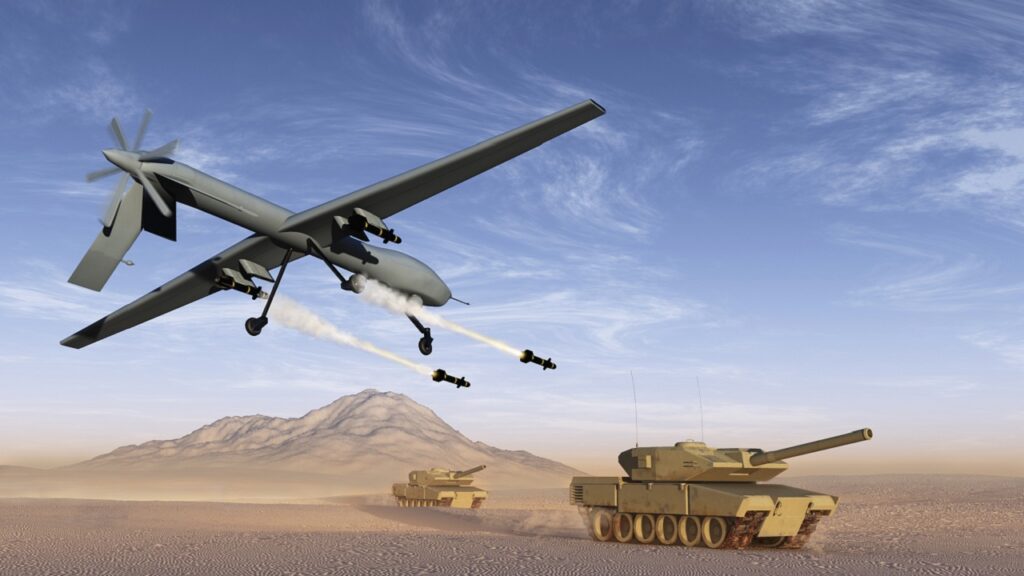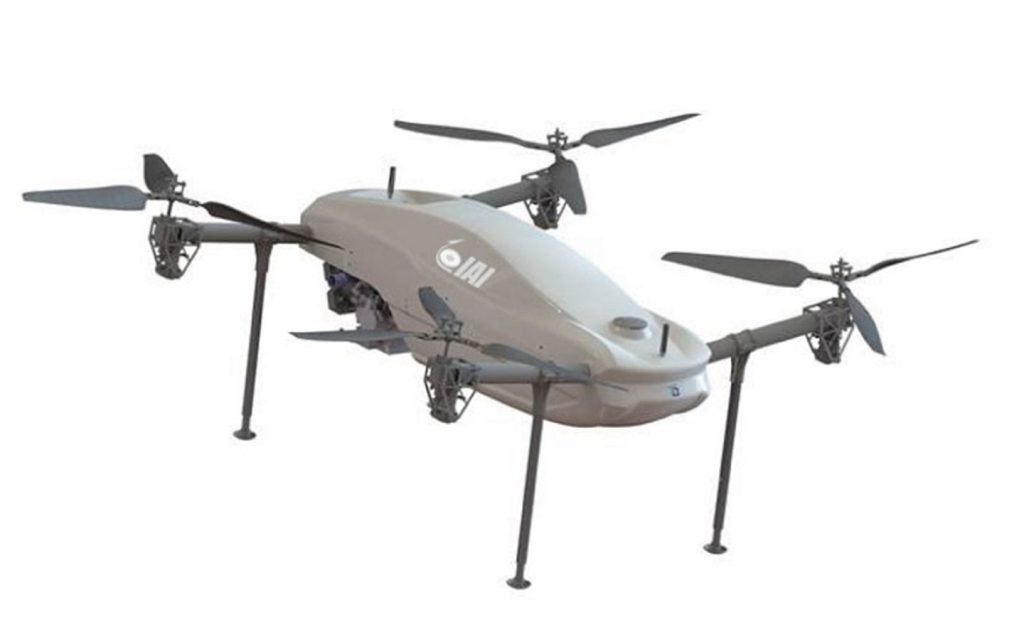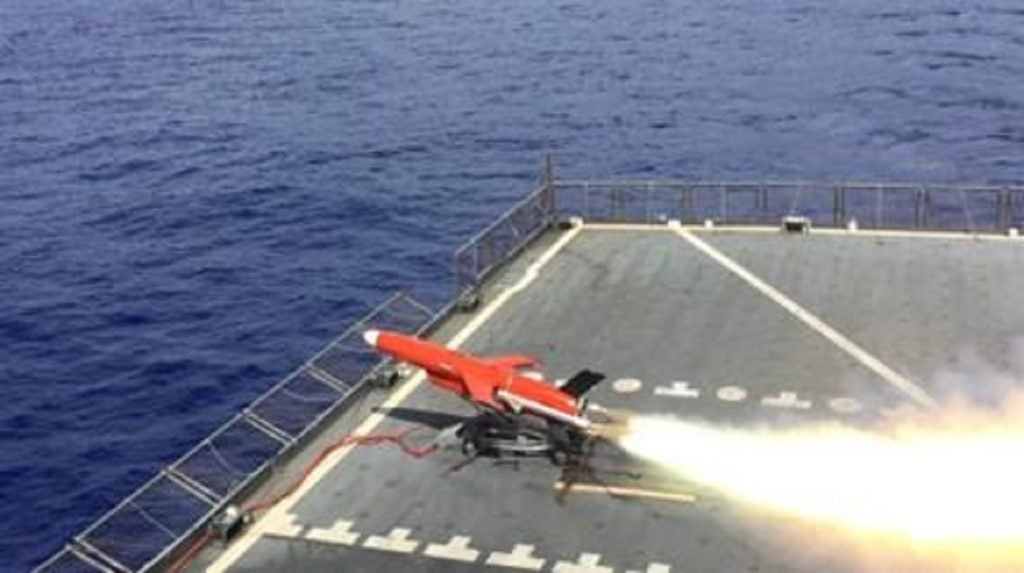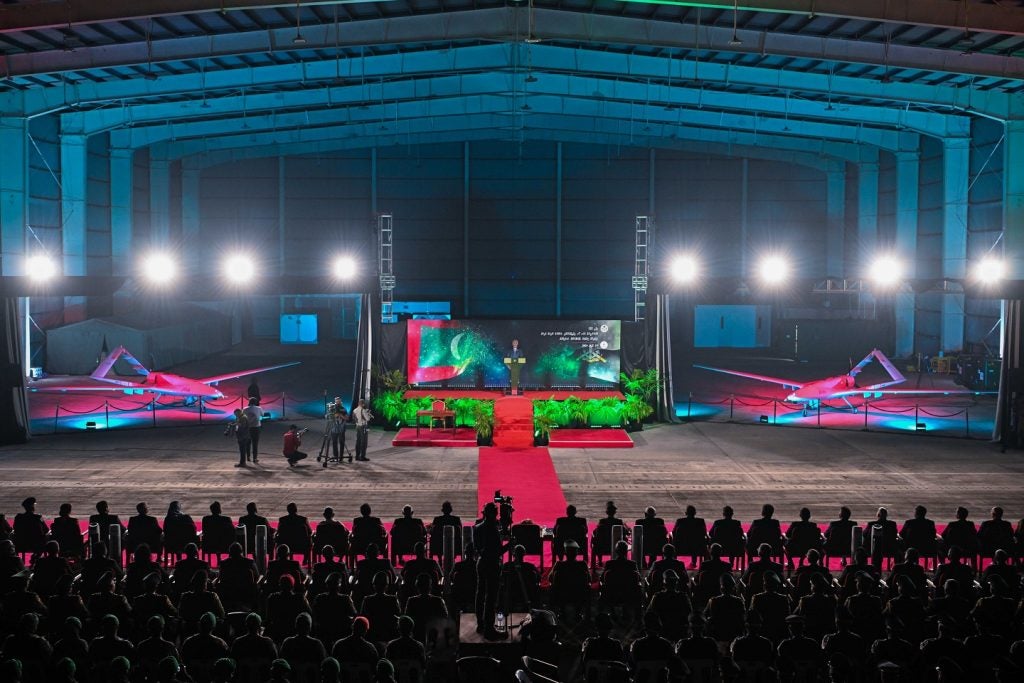
The Zephyr UAV developed by Airbus Defence and Space has the best endurance and can stay aloft for more than 25 days. Airforce-technology.com lists ten of the world’s best UAVs ordered by endurance.
Zephyr Stratospheric UAV
Zephyr is a new solar-electric, stratospheric UAV offered by Airbus Defence and Space. Also referred to as the high altitude pseudo satellite (HAPS), the aircraft hovered for more than 25 days during its maiden flight conducted in the third quarter of 2018.
Zephyr will be offered in two versions, namely Zephyr S and Zephyr T. The Zephyr S is the production model with a 25m wingspan and a weight of less than 75kg while Zephyr T is a larger version currently under development. It will have a 33m wingspan and a maximum weight of 140kg.
The unmanned aircraft can fly for months continuously. It acts as a persistent surveillance platform similar to a satellite while offering the flexibility of a UAV. Equipped with two solar-powered electric motors, the Zephyr UAV can fly at a maximum altitude of 70,000ft.
Global Observer Stratospheric Persistent UAS
The Global Observer is a stratospheric persistent UAS designed to serve in defence and homeland security missions. The UAS can carry communications relay and remote-sensing payloads for military or commercial customers.
AeroVironment developed the Global Observer under the Joint Capability Technology Demonstration (JCTD) programme. Making its first flight in August 2010, the UAS completed its first hydrogen-powered flight in January 2011.
How well do you really know your competitors?
Access the most comprehensive Company Profiles on the market, powered by GlobalData. Save hours of research. Gain competitive edge.

Thank you!
Your download email will arrive shortly
Not ready to buy yet? Download a free sample
We are confident about the unique quality of our Company Profiles. However, we want you to make the most beneficial decision for your business, so we offer a free sample that you can download by submitting the below form
By GlobalDataThe UAS is equipped with liquid hydrogen-fuelled propulsion and can loiter in the air for up to one week or 168 hours. The system can operate at high altitudes of up to 65,000ft covering more than 280,000 square miles (725,197km²) and carry payloads of up to 181kg (400lb).
Orion Unmanned Aircraft System (UAS)
Orion is a long-endurance UAS developed by Aurora Flight Sciences, for intelligence, surveillance and reconnaissance (ISR) and communication relay missions. Developed for the same programme as the Global Observer, the Orion UAS has been selected as the preferred option by the US Air Force for its JCTD programme.
The Orion UAS completed its first flight in August 2013. It can carry multiple payloads of 2,600lb, including full-motion video electro-optic/infrared (EO/IR) sensor, communication relay equipment, radars, signal intelligence (SIGINT) and wide-area airborne surveillance (WAAS) equipment. The wing hardpoints of Orion can also be mounted with munitions.
The dual Austro Engine AE300 heavy-fuel engines fitted in the Orion UAS ensure a high endurance of five days or more than 120 hours with a 1,000lb payload. The UAS has a dash speed of 120k and ferry range of 24,140km. It can fly at a maximum altitude of 30,000ft.
United 40 (Smart Eye 2) UAV
United 40 or Smart Eye 2 is a medium-altitude, long-endurance (MALE) UAV developed by ADCOM Systems, a company based in the UAE. The UAV made its public presence at the Dubai Air Show 2011. The maiden flight was conducted in March 2013.
The UAV can be used to conduct near real-time assessment of combat and battle damage, ISR, communications relay, border surveillance and humanitarian aid missions. The UAV’s wings have a high aspect ratio, resulting in an ultra-long endurance of 120 hours.
The United 40 can carry 1,000kg of payload including two gyro stabilised platforms, synthetic aperture radar (SAR), and terrain and obstacle avoidance sonar. The four under-wing pods can each hold 100kg. The hybrid propulsion system, equipped with a Rotax 914 engine and an electric motor, provides a maximum speed of 75km/h to 220km/h at an altitude of 22,965ft.
Yabon Smart Eye UAV
The Yabon Smart Eye MALE UAV, built by ADCOM Systems, is intended for strategic and tactical missions. The UAV was displayed first at the International Defence Exhibition & Conference (IDEX) 2009.
The Smart Eye UAV can stay airborne for 120 hours. It can carry payloads of up to 550kg, including IR, thermal imager, laser designator and range finder (LDRF), and EO sensors. Its advanced flight control unit (FCU) ensures autonomous operation.
The propulsion is provided by a primary propeller engine complemented by a secondary jet engine to enhance performance. The UAV has a maximum speed of 222km/h and can reach a maximum altitude of 24,000ft.
HERON Medium Altitude Long Endurance (MALE) UAS
HERON is a multi-role MALE UAS manufactured by Israel Aerospace Industries (IAI). The UAS is operated by more than 20 customers for intelligence, surveillance, maritime patrol and other tactical missions.
The HERON UAS can carry multiple sensor payloads such as EO/IR/LRF, communications intelligence and electronic intelligence (COMINT and ELINT), communications relay and radar systems. It uses a direct line of sight data link or beyond-line-of-sight (BLOS) with SATCOM to communicate with the ground control station. The mission payload can weigh up to 400kg.
The UAS has an endurance of up to 45 hours based on the payload. It can fly at a maximum speed of 120k and can reach an altitude of more than 30,000ft. The propulsion is provided by a Rotax 914 turbo-charged engine.
MQ-1C Gray Eagle Extended Range (GE-ER)
MQ-1C Gray Eagle Extended Range (GE-ER) is an advanced version of the combat-proven Gray Eagle UAS developed by General Atomics Aeronautical Systems. The UAV made its first flight in October 2016.
The unmanned aircraft has a maximum endurance of 42 hours and can be deployed in long-endurance intelligence, surveillance and target acquisition, communications relay and combat missions. It has a maximum take-off weight (MTOW) of 4,200lb.
The UAV is launched using an automatic take-off and landing system (ATLS). Powered by a high-performance 180hp diesel engine, the GE-ER UAV can fly at a maximum speed of 167ktas and reach a maximum altitude of 29,000ft.
MQ-1 Predator UAS
The MQ-1 Predator UAS, built by General Atomics Aeronautical Systems, is the most battle-proven unmanned aircraft system in the world. The UAS is in service with the Italian Air Force, Turkish Air Force, UAE Air Force and the Royal Moroccan Air Force. It was used in combat missions over Afghanistan, Pakistan, Bosnia, Serbia, Iraq, Yemen, Libya, and Somalia.
The Predator has an endurance of 40 hours and is the first-ever armed UAS capable of delivering precision air-to-surface weapons. It can carry 340kg in multiple payloads, including EO/IR video cameras, laser designators, communications relay, SIGINT/ESM system, Lynx multi-mode all-weather radar and Hellfire missiles.
The UAS is controlled from the ground control station through C-Band LOS data link and Ku-band SATCOM. The power-plant consists of a heavily modified Rotax 914 turbo engine, providing a maximum airspeed of 120k. The maximum altitude the UAS can reach is 25,000ft.
Hermes 900 MALE UAS
The Hermes 900 is an advanced multi-role MALE unmanned aircraft system manufactured by Elbit Systems. The UAS is used in persistent intelligence, surveillance, target acquisition and reconnaissance (iStar) missions.
The Hermes 900 completed its maiden flight in December 2009. It can endure airborne for a maximum of 36 hours. It is in service with the Israeli Air Force (IAF), Chilean Air Force, Colombian Air Force, and Mexican Federal Police.
The UAS can support multiple payload configurations such as EO/IR/Laser Designator, SAR/ground moving target indicating (GMTI) & maritime patrol radar, COMINT, COMMJAM, ELINT, and electronic warfare (EW), hyperspectral systems, communications relay, wide-area surveillance and mapping payloads. It is controlled from the Hermes ground control system (GCS) and can fly at a maximum altitude of 30,000ft.
RQ-4 Global Hawk HALE UAS
RQ-4 Global Hawk is a HALE UAS produced by Northrop Grumman. The combat-proven UAS is in service with the US Air Force and US Navy. The Global Hawk was deployed in more than 15 combat missions and accumulated 350 combat hours during Operations Enduring Freedom, Southern Watch, and Iraqi Freedom. It has a maximum endurance of over 32 hours and a ferry range of 22,780km. It can fly at an altitude of 60,000ft.
The Global Hawk set a new endurance record for operational UAS in a non-stop flight of 33.1 hours at altitudes up to 60,000ft. The UAS supports different configurations or blocks. The initial Block 10 and Block 20 were substituted with the latest Block 30 and Block 40 configurations. The Euro Hawk, a derivative of the Block 20 Global Hawk, was also developed by Northrop Grumman and EADS for the German Air Force.
The Block 40 versions integrate multi-platform MP-RTIP active electronically scanned array (AESA) radar, synthetic aperture radar (SAR) and ground moving target indicator (GMTI). The UAV employs Wideband Ku SATCOM and LOS to communicate with the ground station.


.gif)





